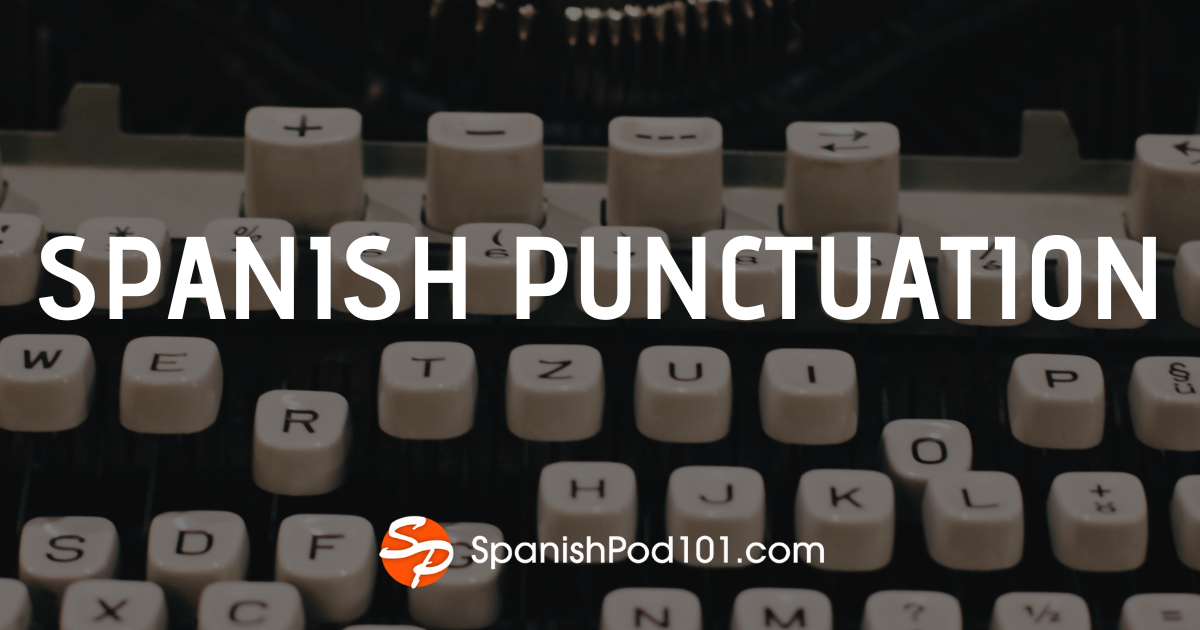August 8, 2011
The World’s Biggest
Google is the world’s biggest Search Engine.
Apple is the world’s biggest smart phone maker.
The Blue whale is the world’s biggest animal.
And now, our little Innovative Language Learning family has become the world’s biggest language learning app maker! Apple verified this themselves. Surprised? Us too!
In about 5 years, we’ve made over 600 apps across 40 languages that available on the iTunes store for the iPhone and iPad alone. Not to mention, our Android and Mac desktop apps.
Can you imagine? That’s more language packed in one spot than a United Nations conference. Except you could learn them all. Or some. Mastering 600 apps is only for insane overachievers.
Some of our most popular mobile apps include Survival... Show more
July 27, 2011
How to become fluent faster.
It seems to us that studying through rote memorization is the best method for retention. While it works (to an extent), unless you encounter what you’ve memorized on a constant basis, you will forget it. After all, how much do you remember after you took that last test at school?
Somehow, we’re under the impression that if we reread and repeat things enough times in our head, it will magically get stuck there. In a way, it’s the lazy and painful approach to studying. The difficulty lies in the fact that we’re introducing a new concept to our brain with nothing to relate it to.
Do logarithms make sense to you? (let the non-math lovers answer please)
The concept itself may have no relation to you or anything in your life. It’s too... Show more
July 25, 2011
Gengo WordPower Updated! But can it make you fluent?
Probably not, but it can get you pretty close. This little app does pack a massive punch - master all the words and you’ll reach 80% comprehension, or in other words, daily conversational level!
But if Gengo WordPower wasn’t powerful enough already, we’ve went ahead and added more power!
In Case You Didnt Know...
The Gengo WordPower App provides you with the Core 2000 Spanish words. According to experts, knowing 2000 puts you at over 80% comprehension (exact number varies per language).
So Whats New?
A new sleek black interface & smooth navigation which lets you breeze through your studying.
The new Flashcard system - you will remember those words because the flashcards wont let you go until you do.
Go behind... Show more
July 6, 2011
This Week at SpanishPod101
It’s already second half of 2011! How are your New Year’s Resolutions going?
..Its okay, we totally understand.
By no coincidence, the 2nd half of our season begins today.
Here’s a reminder of our weekly schedule!
Monday - Gengo Spanish
Tuesday - Audio Blog Season 3 - Peru
Thursday - Throwback Thursday
Friday - Learn with Pictures and Video Season 2 - Mexican Spanish
Saturday - Survival Phrases (every other week)
Sunday - Bi-weekly News: Check out what’s going on at at Spanishpod101
June 29, 2011
We know what you did last summer..
You were swimming, weren’t you!?
Don’t worry, just checking.
Summer’s here and we’re in the mood to celebrate this warm joyous season – and what better way to start summer off right than have a Summer Celebration Sale!
Why celebrate summer you ask? Excellent question. Because not only is the sun shining and the ice-cream plentiful, but we also have a lot of NEW things to release. We’re kicking off July with 6 brand NEW languages, NEW Premium Flashcards, NEW lessons AND a NEW discount of 22% OFF for Premium Subscribers.
Click here to get the discount and get all of our new features!
This Fourth of July, we welcome Swedish, Dutch, Hungarian, Hindi, Hebrew and Indonesian to the Pod101 family! Also, our Premium... Show more
June 27, 2011
How To Take Over The World, Part 2
Hej! Hallo! Sziasztok! That’s “Hello” in Dutch, Swedish, and Hungarian. Did we get it right?
We’re really excited about our 3 new European additions to the Innovative Language Learning family and today we’re announcing yet another three languages. We’ve held our breath for so long to keep these a secret that we’re just about ready to faint!
Ready?
Starting July 4, Hindi, Hebrew, and Indonesian will be getting the complete Innovative Language Learning treatment with their own 101.com websites! Now, even though these languages are spoken by a collective 725 million people worldwide, they aren’t given enough attention online – or anywhere for that matter. Until now! If you’ve never had a good reason to learn these languages before,... Show more
June 13, 2011
How To Take Over The World: Learn 6 More Languages!
In case you thought we were kidding about world language domination, you’re in for a pleasant surprise. After months of hard work, we’re proud to announce the launch of AustralianPod101.com for all of you Down Under lovers!
Just kidding. Though, we are giving this idea serious consideration.
Coming this July to a laptop screen right in front of you, we will be introducing 6 new exciting languages to the Innovative Language Learning family. Dutch, Hungarian, and Swedish are just the first additions to our language family on track to be released July 5th. We’d love to tell you about the other 3 but it’s a big secret – you’ll have to wait another 2 weeks!
Now, the Dutch, Hungarian and Swedish languages aren't... Show more
May 30, 2011
Learn Spanish with the NEW My Flashcards System (beta)
Premium Members, your Premium Account just got a whole lot more powerful! My Flashcards now allows you to study the Spanish words you want by importing lists from audio and video lessons, your My WordBank and the Spanish Core Word Lists 2000. Here's a quick rundown of the new features:
My Flashcards Dashboard: My Flashcards have a brand new interface. Import words from any audio and video lesson, My WordBank and the Core Word Lists. Create, edit and delete as many decks as you want!
Create a New Deck: How you want to study is completely up to you! You control what displays on the front and back of cards. Create new decks out of the existing words in My Flashcards. Simple pick the words, name your deck and you're ready to study.... Show more
December 30, 2010
NEW! My Word Bank Enhancements
Have you used your Word Bank lately? Inspired by your emails, requests and suggestions, we upgraded the My Word Bank feature to make it even easier for you to study vocabulary on SpanishPod101.com! My Word Bank is a Premium feature that allows you to add vocabulary words from our lessons and word dictionary to a personalized central list for you to study from. Create online flashcards and hear native audio pronunciation with every entry.
With the new My Word Bank features, you can organize, sort, export, and completely manage all of your vocabulary. Here is a complete rundown of the new features:
1. Group Words Into Lists – You wanted lists? You got it! Now you can organize your words with lists and labels. Create, edit and delete... Show more
December 13, 2010
Happy Holidays from SpanishPod101!
Our annual Reverse Christmas countdown begins today with the biggest savings of the year! Save 50% off any Basic or Premium subscription until midnight EST tonight with our Secret Santa Holiday Countdown Tomorrow, the daily deal drops below 50% OFF, so upgrade to Basic or Premium right now. Just click the link below:
Half off SpanishPod101 until midnight EST? Sign me up right now!
Everyday until Christmas, we’re offering a daily deal on our Basic and Premium subscriptions. Act early and save more. It’s as easy as that! We can’t tell you what tomorrow’s deal will be, but we can tell you that it won’t be as good as today’s.
New seasons of SpanishPod101.com begin on January 3rd, so there’s no better time than now to upgrade to Basic... Show more









